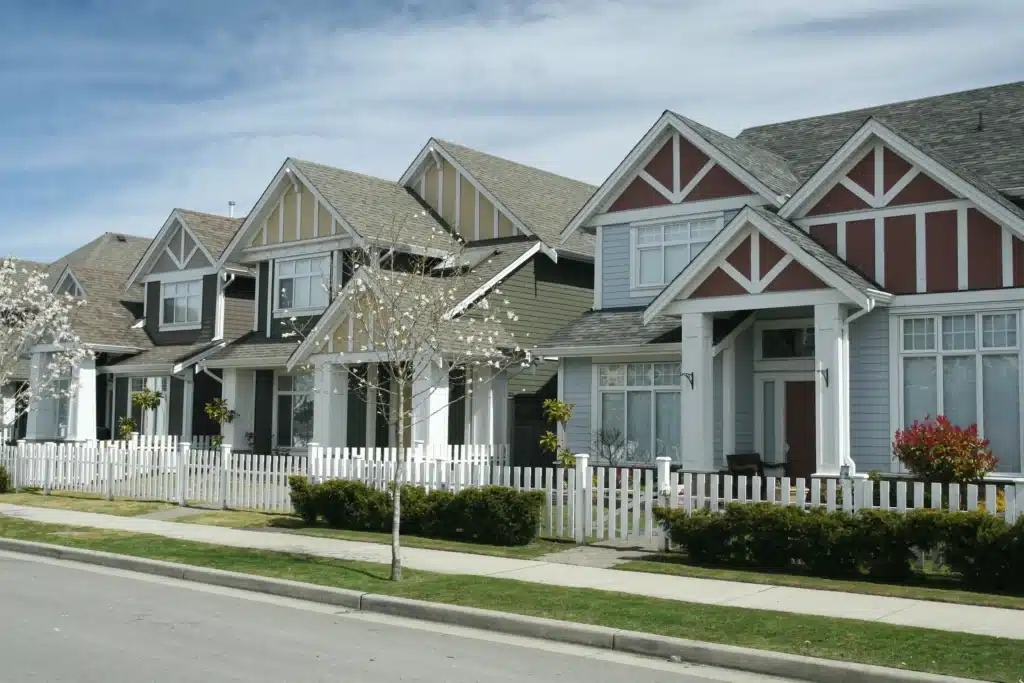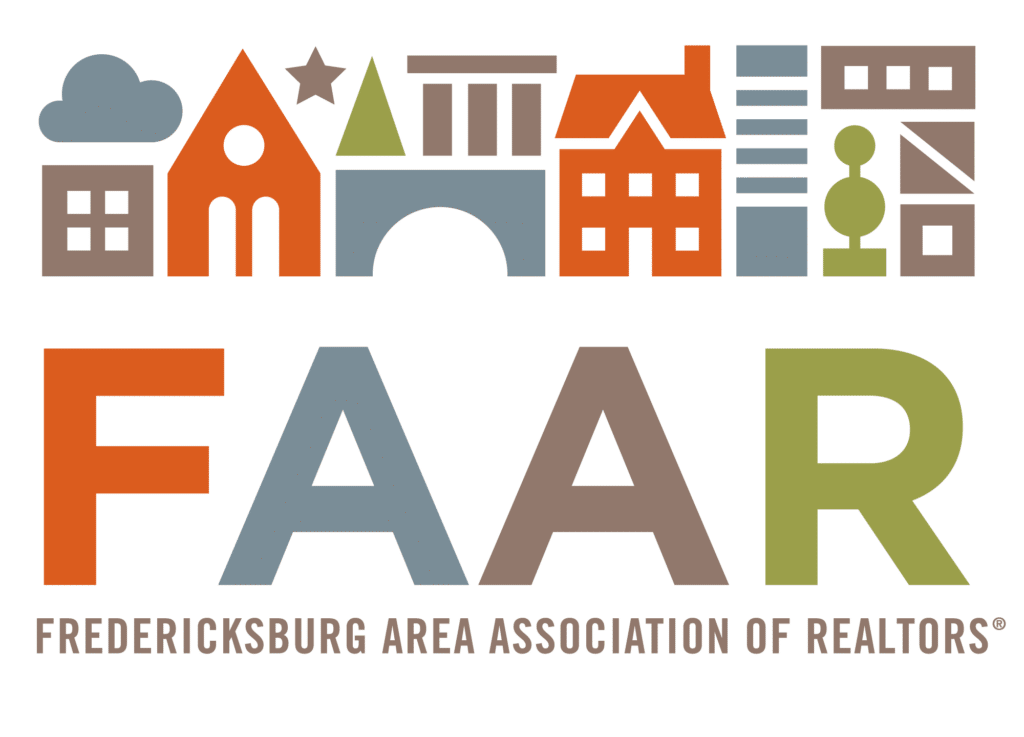The Fredericksburg Area Association of REALTORS® (FAAR) recognizes the critical issue of attainable housing in our community. The rising cost of living and the lack of housing options are impacting many families and individuals. FAAR wants to draw attention to this crisis so we can work together to find solutions.
Market Madness!
What high prices and low supply REALLY mean to local families.
Wonder what it’s like to feel trapped by this housing market? Watch our video to hear real-life testimonials from your neighbors struggling with finding and affording a home in our local market.

The Housing Attainability Crisis: Consequences for Our Community
The median home price in January 2020 was $305,000. That’s jumped nearly $170,000 in just five years to nearly $475,000 in June of 2024. Incomes have not kept pace with these significant increases, leading to many middle and lower-income homebuyers being priced out of the market.
*Source: BrightMLS
As homeownership opportunities dry up, more and more local citizens turn to the rental market. Since 2010, there has been a 14.5% increase in the number of renters, which now exceeds 1 million throughout the Commonwealth. In Stafford County alone, those renters are paying an average of nearly $1,900 in rent per month.
*Source: American Community Survey and Sourcebook
A shortage of affordable homes forces more people into the rental market, driving up average rents and pricing out essential workers like teachers, police officers, firefighters, and healthcare professionals.
In June 2019, the regional housing market had about 1,800 properties on the market. In June of 2024, there were just 877, nearly 1,000 homes less than just five years before. This historic undersupply of homes has put intense upward pressure on housing prices.
*Source: BrightMLS
The average age of first-time homebuyers is now 35, delaying the start of building equity and generational wealth.
In fact, 44% of those aged 34 to 43 were first-time homebuyers. Prospective homebuyers cite delays in purchasing due to high rent, current mortgage rates, and student loan debt, which make it harder to save for required downpayments.
*Source: 2023 NAR Profile of Home Buyers and Sellers and 2024 Home Buyers and Sellers Generational Trends Report
Zoning and government regulations often impede the creation of innovative and creative housing solutions, exacerbating the problem.
Zoning and regulatory reform can play an important role in reducing the price of housing as the costs of that regulation contribute significantly to the cost of housing for prospective buyers.
Land development review and government approval processes are a big part of the cost and risk for new housing developments. Prolonged regulatory reviews can tie up builders’ capital and require significant investments of time, all leading to higher-end costs for the prospective purchaser. Any impact fees or voluntary proffers from builders are not absorbed by the builder, but passed along to the consumer, further driving up prices. Rigid zoning regulations often prevent creative solutions that would provide more density, which can lead to lower prices for new construction.
As every other aspect of society is adapting and changing to meet our needs, zoning must as well.
*Source: National Association of Home Builders
The Benefits of Housing Affordability
Homeownership is a powerful tool for building generational wealth through savings and equity in property.
Most homeowners have seen a $100,000 or more increase in equity since 2012 according to NAR. Homeowners typically enjoy 40 times more net worth than renters.
Attainable housing leads to better health outcomes because people can allocate more resources to healthcare and other essentials.
Housing is one of the social determinants of health and research shows that housing is a critical component for overall health. Housing quality, location, and affordability impact both physical and mental health. Households with poor quality housing face significantly more health problems than other families. Having more affordable housing in our community will lead to a healthier, happier, and more productive population.
*Source: www.FairHousing.realtor
When people can afford to live near their workplaces, it reduces traffic congestion and commuting times and improves overall quality of life.
Research shows that prospective homebuyers greatly value living close to where they work and would pay more to achieve that goal. A poll conducted in April of 2023 found that over 30% of Gen Z and Millennial respondents are willing to pay a lot more to live in walkable communities. Providing more housing options close to job centers and neighborhood amenties can help reduce traffic congestion and provide more affordable options to a wider range of potential buyers.
*Source: NAR 2023 Community and Transportation Preferences Survey
Attainable housing is essential for attracting and retaining a diverse workforce, including retail, service workers, and first responders, all of whom are crucial to our community.
It is vital to provide housing that can be attainable to the regional workforce, especially those in moderate income brackets that are quickly being priced out of the regional housing and rental market. A 2017 study conducted by FAAR revealed that approximately 25% of area homeowners were cost-burdened by their mortgage and that a whopping 50% of renter residents were cost-burdened, meaning they pay more than 30% of their income to housing costs. These numbers have gotten undoubtedly worse as prices have increased and that means many essential workers have exited our workforce looking for better pay or cheaper housing options.
The Fredericksburg region is lucky to have many overlapping job markets with DC, Richmond, Quantico, and Dahlgren. Instead of trying to limit the number of people welcomed into our area, we have a unique opportunity to creatively celebrate our potential with attainable housing solutions leading to smart, sustainable growth.
*Source: 2017 FAAR Regional Housing Study
More housing options attract businesses and manufacturing, boosting the local economy.
In fact, the real estate industry contributed over $131 billion to Virginia’s economy in 2023, accounting for account for over 18% of gross state product.
The housing industry is an incredibly important part of our local economy. People need to buy and sell houses to keep that part of the economy running.
*Source: 2023 NAR Economic Impact Report

The Path Forward
Addressing our housing crisis requires community-wide support for changes in zoning and policies that encourage the development of attainable housing. By doing so, we can create a vibrant and inclusive community where everyone has the opportunity to thrive.

Supports
Wide Variety of Construction
More muti-family, single-family and creative options like accessory dwelling units can help ease the housing crunch
Fewer restrictions on creative products
Minimum lot sizes, strict setbacks, and required proffers and impact fees make housing more expensive and challenging to build
Diverse Financing
Revolving loan funds, downpayment assistance and other creative financing solutions can help would-be homebuyers get over the finish line